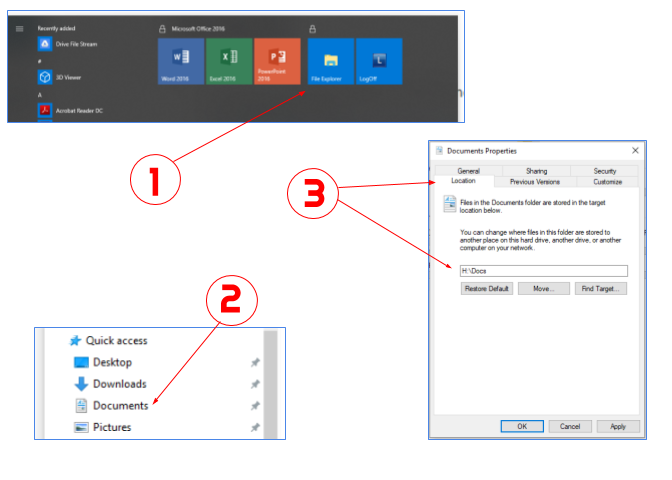


Specifically in this article we are talking about the challenges faced when trying to copy or move files around in SharePoint. In the end, its interface is different from the standard Windows explorer view. Be sure to run the program as administrator in Windows 7, Vista, and Windows 8, otherwise the option is not added to the context menu.SharePoint is a great document repository, but surprisingly working with documents in SharePoint may not always be intuitive. However, we tested it on a Windows 7 Ultimate, 64-bit machine and it worked fine. Officially, Files 2 Folder supports only 32-bit versions of Windows XP, Vista, and Windows 7.

The folder is moved to a new folder that is named the same as the selected folder with a tilde (~) added to the end of the name. To move a folder into a new folder, right-click on the folder, and select Files 2 Folder from the popup menu. You can also move folders into other folders. The following image shows an example of choosing the first option and moving all selected files into a new folder with a name you specify. In all three cases, the files are automatically moved (not copied) into their respective folders. To move a list of files with different file extensions to separate folders based on the extensions, select the third option, Move each file to subfolders based on their file extensions. To move files to separate folders based on their names (not counting the extensions), select the second option, Move each file to individual subfolders based on their names. To move all the files to one new folder, select the Move all selected items into a subfolder named option and enter a name for the new folder in the edit box. If you select multiple files, right-click on them, and select Files 2 Folder, a dialog box displays, asking what you want to do. If you want to move one file to a new folder, right-click on that file and select the Files 2 Folder option from the popup menu.Ī new folder is created with the same name as the file (without the extension) and the file is moved (not copied) into the folder. Double-click the shortcut to do so.Ī message displays that the shell extension was unregistered. Once you’ve added the Files 2 Folder option to the context menu, a shortcut is added to the same folder containing the Files2Folder.exe file that allows you to unregister the shell extension, should you want to. A confirmation dialog box tells you that the Files 2 Folder menu option has been added to the context menu for Windows Explorer.


 0 kommentar(er)
0 kommentar(er)
